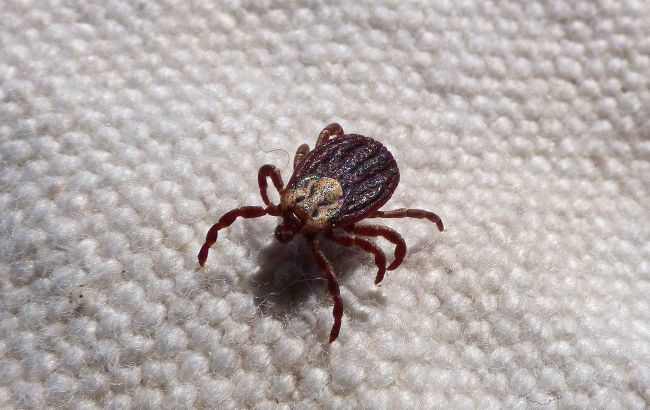Justin Timberlake diagnosed with Lyme disease: symptoms, causes, and how it's treated

Famous American singer Justin Timberlake has revealed that he has been diagnosed with Lyme disease. He shared the news with his fans on Instagram, adding that he has been battling the illness for several years.
What is Lyme disease?
Lyme disease (also known as Lyme borreliosis or tick-borne borreliosis) is an infectious disease transmitted by Ixodes ticks. These ticks become carriers after feeding on small mammals or certain bird species that serve as reservoirs of the infection.
Most cases occur between May and November, coinciding with peak tick activity.
How does the disease manifest?
The incubation period ranges from 1 to 45 days, typically about one to two weeks. Humans are highly susceptible, but the disease is not transmitted from person to person.
Lyme disease progresses through several stages:
-
Early localized
-
Early disseminated
-
Late chronic
The early localized stage usually appears around 7 days after a tick bite. A red papule with well-defined edges develops at the bite site. Over time, the redness expands while the center becomes pale.
The early disseminated stage occurs 3 to 10 weeks after the bite, as the infection spreads through the bloodstream. This stage may include:
-
Benign skin lymphocytomas and multiple migrating erythemas
-
Dizziness, cranial neuropathies (such as Bell’s palsy), meningism, and meningitis
-
Joint and muscle pain (arthralgia, myalgia)
-
Cardiovascular issues like heart block
Late or chronic Lyme disease can develop months or even years after infection. It often involves neurological and rheumatological symptoms, primarily affecting the musculoskeletal or nervous systems.
Important note: Immunity after recovering from Lyme disease is not lifelong — reinfection and recurrence are possible. Currently, there is no vaccine available for Lyme disease.
How to protect yourself
To prevent tick bites, experts from the Center for Public Health recommend:
-
using repellents and protective clothing before going to areas where ticks may be present
-
thoroughly checking clothing and skin during and after visiting forests or parks
For people living in endemic areas (regions where a specific disease or organism is constantly present), prompt removal of a tick reduces the risk of infection. The likelihood of infection is low if the tick was attached for less than 24 hours and significantly higher if attachment lasted over 72 hours.
How Lyme disease is treated
For antibiotic prophylaxis of Lyme disease, a single dose of 200 mg of doxycycline is recommended. However, doctors do not advise routine antibiotic prevention for Lyme disease.
Antibiotics are needed when:
-
an engorged Ixodes tick is removed after being attached for at least 36 hours
-
no more than 72 hours have passed since tick removal
-
the local tick population has a Borrelia burgdorferi infection rate above 20%
-
there are no contraindications (such as being under 8 years old, pregnancy, or breastfeeding) for using doxycycline
However, you should not self-prescribe antibiotics without consulting a doctor.
This material is for informational purposes only and should not be used for medical diagnosis or self-treatment. Our goal is to provide readers with accurate information about symptoms, causes, and methods of detecting diseases. RBС-Ukraine is not responsible for any diagnoses that readers may make based on materials from the resource. We do not recommend self-treatment and advise consulting a doctor in case of any health concerns.

